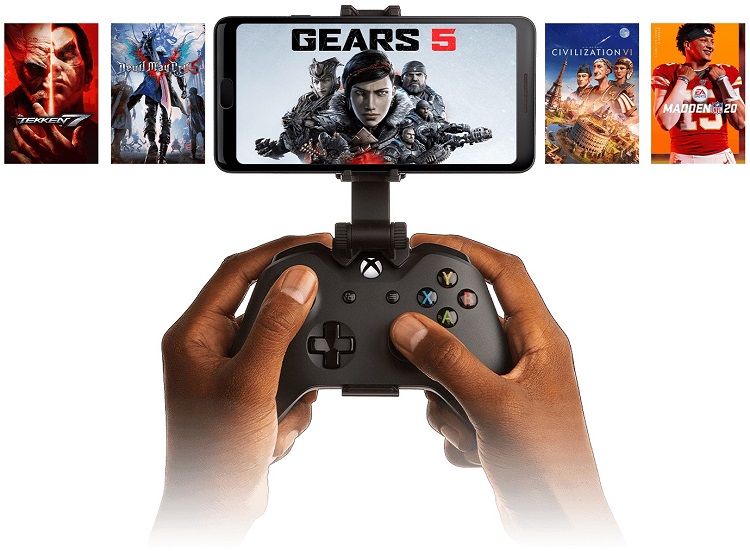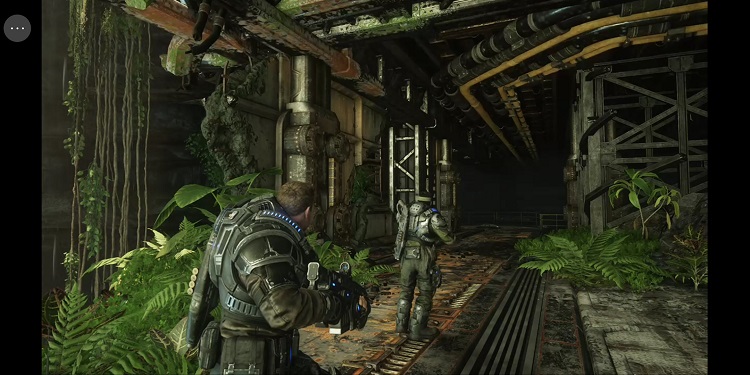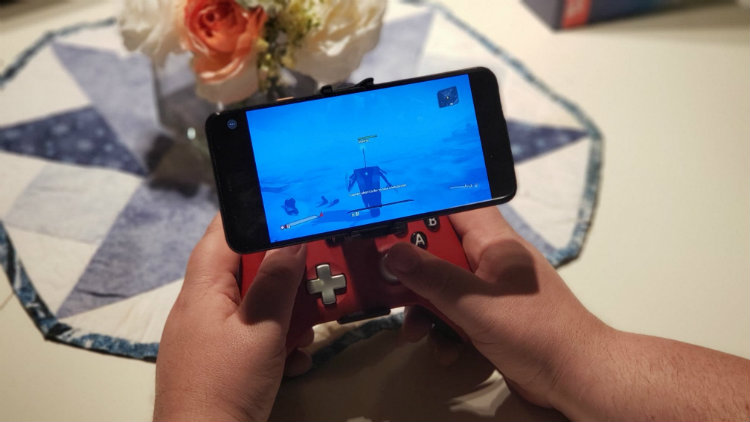
As of late, cloud gaming has stirred up quite the conversation between gamers by industry giants such as Google, Amazon, EA and Microsoft. While each company is taking different approaches, they all are promising the ability to play your favourite games without the need for dedicated hardware.
Project xCloud is Microsoft’s game streaming service that allows gamers to play Xbox games from the cloud on mobile devices while connected to the internet through 5G, LTE or Wi-Fi. In fall of last year, Microsoft launched Project xCloud preview in the USA, UK and Korea. And, just a few months later, at the end of January it was expanded to Canada.
After getting invited to try out Project xCloud, I have been using the service on my Pixel 4XL phone with Android 10 and am here to share with you my thoughts and impressions.
Setting up my phone to use Project xCloud
The first thing I did was to pair my Xbox One controller with my phone via bluetooth. Then, I downloaded and installed the Xbox Game Streaming Preview from the Google Play Store. Next, I launched the app, and quickly logged in with my Xbox gamertag.
The app’s interface is sleek, clean, and easy to use. You can use your controller or touch screen to navigate. There are over 50 games to choose from to play and there is a search feature to quickly find the game you want to play.
Each of the games have short summaries about them in case you are not familiar with them. I did notice that when using the touch screen to navigate back to the main list of games it would keep track where I left off. However, if I used the controller to go back to the main screen it would take me all the way back up to the top of the game list. A minor inconvenience that can easily be circumvented by using the touch screen.

Streaming console quality games to my phone
Now that I had everything ready to go, it was time to test out Project xCloud. For reference, I have a 1.5Gbps internet connection. My first test was connected to Wi-Fi at my home playing Gears 5, Borderlands 2, and Crackdown 3: Campaign.
Over a 3 hour period I played multiplayer and single-player game modes for all three games. Not once did I have an issue, even with other people in my house using the internet. Controls were just as responsive as if I was playing on my Xbox One X locally. The games stream at 720p and looked great on my Pixel 4XL‘s screen.

My second test, a few days later, I decided to try out the same games over LTE. For the most part, my signal strength didn’t dip below 75% and data usage was around 2.5GB an hour. In this situation, I got mixed results.
There were times when playing that I had absolutely no latency at all. There were also times when the latency was so bad, I couldn’t play a thing. I spread my test on LTE over several days, just to make sure it wasn’t an issue with my phone providers network. The result was the same, mixed.

Project xCloud offers a promising future for cloud gaming
During my tests, Project xCloud performed the best on Wi-Fi. In addition to testing Project xCloud on my home Wi-Fi, I tested it on several other connections in coffee shops and a public library. Overall, I had a near flawless experience with Project xCloud on Wi-Fi.
Playing Project xCloud over LTE using cellular data is a whole different story. Overall, I’d say I had about a 70% to 75% success rate. Maybe with 5G it would be a different story but unfortunately I don’t have access to that at the moment.
The amount of games that are available to play on Project xCloud at the moment is impressive. With a huge catalogue of Xbox One games available, I expect Project xCloud’s game list to grow by leaps and bounds. I’m really looking forward to the official launch of Project xCloud later this year and am interested to see how it will be used in tandem with Xbox Series X.
Click here to see the full line of video game software available at Bestbuy.ca
Click here to see digital video game downloads offered at BestBuy.ca



